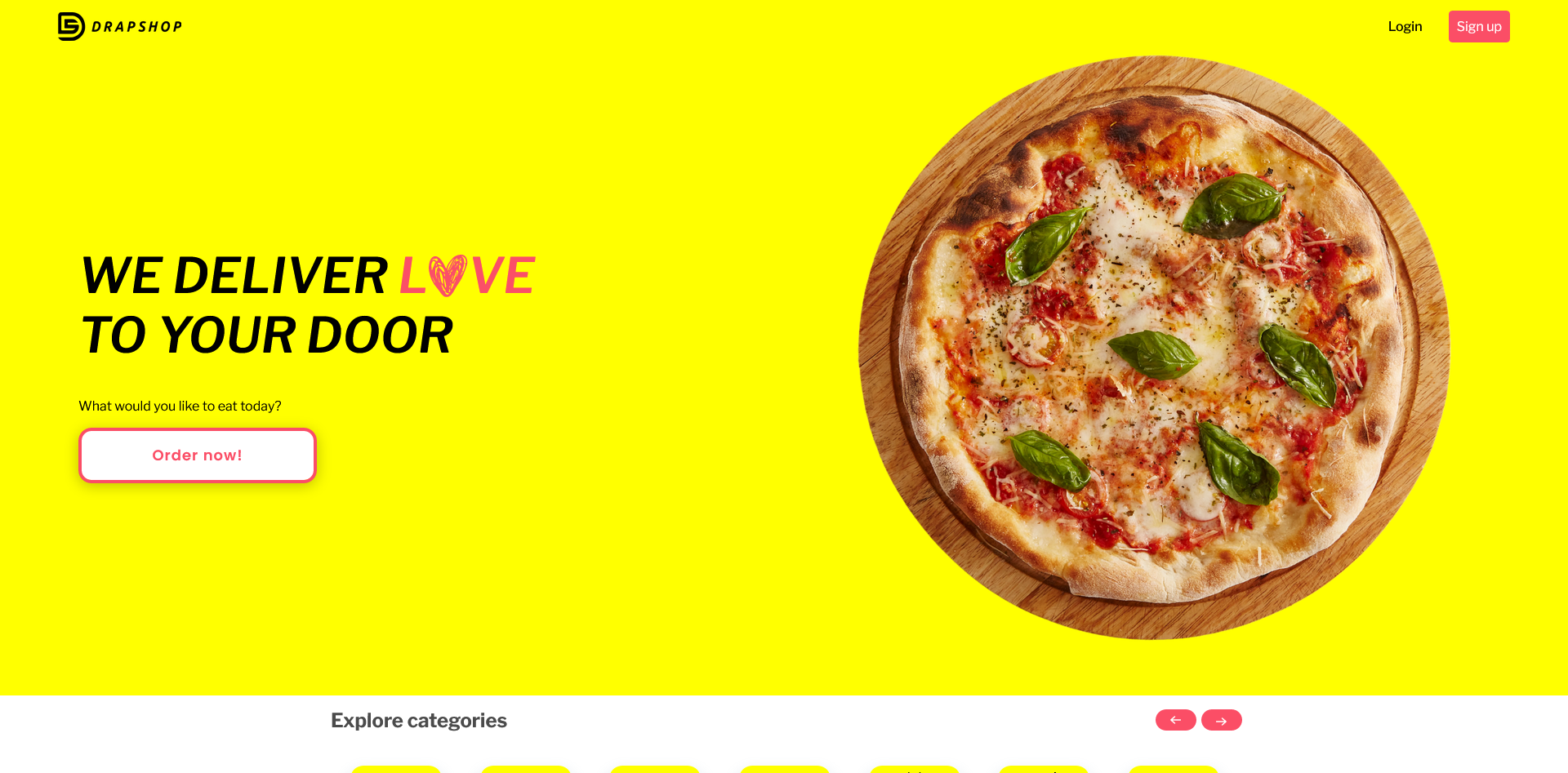Building a Food Delivery Web and Mobile Application for DrapShop

Introduction Leo Coders was approached by DrapShop (https://drapshop.com/), a food delivery service provider, to develop a comprehensive web and mobile application catering to customers, vendors, and drivers. The objective was to create a seamless platform that would facilitate food ordering, vendor management, and efficient delivery operations. This case study outlines Leo Coders' approach to developing the application, utilizing Bootstrap and Laravel for the web application and native mobile development for Android and iOS.
Clients Requirements Client Requirements DrapShop presented the following requirements for their food delivery application:
- Customer Application: A user-friendly interface allowing customers to browse menus, place orders, track deliveries, and provide feedback.
- Vendor Application: An intuitive platform enabling vendors to manage menus, track orders, update availability, and communicate with customers.
- Driver Application: A dedicated app for drivers to receive delivery requests, navigate to destinations, and update order status.
- Seamless Integration: The applications should be interconnected, facilitating real-time updates between customers, vendors, and drivers.
- Technology Preferences: Bootstrap and Laravel were requested for the web application, while native development for Android and iOS was preferred for the mobile application.
Development Process Leo Coders undertook the following development process to fulfill DrapShop's requirements:
- Web Application Development The development team utilized Laravel, a popular PHP framework, to build the web application. They leveraged Laravel's robust features to handle user authentication, manage menus, process orders, and facilitate smooth communication between customers, vendors, and drivers. Bootstrap, a responsive web design framework, was employed to ensure a visually appealing and user-friendly interface across devices.
- Mobile Application Development For the customer, vendor, and driver applications, Leo Coders adopted native mobile development approaches. They utilized Java or Kotlin for Android development and Swift for iOS development, enabling the team to create performant and platform-specific applications. Native development ensured seamless integration with device features, enhanced performance, and a superior user experience.
- Seamless Integration To achieve real-time communication and updates between the web and mobile applications, Leo Coders implemented APIs and web services. These APIs facilitated data synchronization, enabling customers to place orders, vendors to receive and process them, and drivers to track and deliver them efficiently. The integration ensured that all stakeholders remained updated on order status, ensuring smooth operations and improved customer satisfaction.
Project Timeline and Team Composition The entire project was completed within a specified timeline, leveraging the expertise of a skilled development team. The team consisted of frontend and backend developers, mobile app developers, UI/UX designers, and quality assurance testers. Following an agile development methodology, regular communication with DrapShop facilitated iterative feedback and ensured timely project delivery
Conclusion Leo Coders successfully delivered a robust web and mobile application for DrapShop's food delivery service. By utilizing Bootstrap and Laravel for the web application and adopting native development for Android and iOS, the team created a seamless platform for customers, vendors, and drivers. The intuitive user interfaces, comprehensive features, and real-time communication capabilities facilitated a smooth and efficient food ordering and delivery process. With the successful implementation of the project requirements and seamless integration, DrapShop's food delivery service gained a competitive edge in the market, enhancing customer satisfaction and streamlining operations.
